
PETERS STUDIOS
In 2018, I worked with architectural glass fabricators at Glasmalerei Peters Studio in Paderborn, Germany. This experience opened my eyes to a brilliant realm of possibility working with glass and graphics.
The project was made possible through grant funding from the Canada Council for the Arts.

Project
To thoroughly investigate architectural applications for large-scale artistic, handcrafted glass. Exploring the use of flat window glass in creating beauty and preciousness. Applications to focus on: graphics, shape, colour, transparency, thickness, texture and light.
Creative research is an important part of my practice. I experiment with new methods, machines and materials in every new body of work. I’ve learned that the most important aspect of experimentation is record keeping.

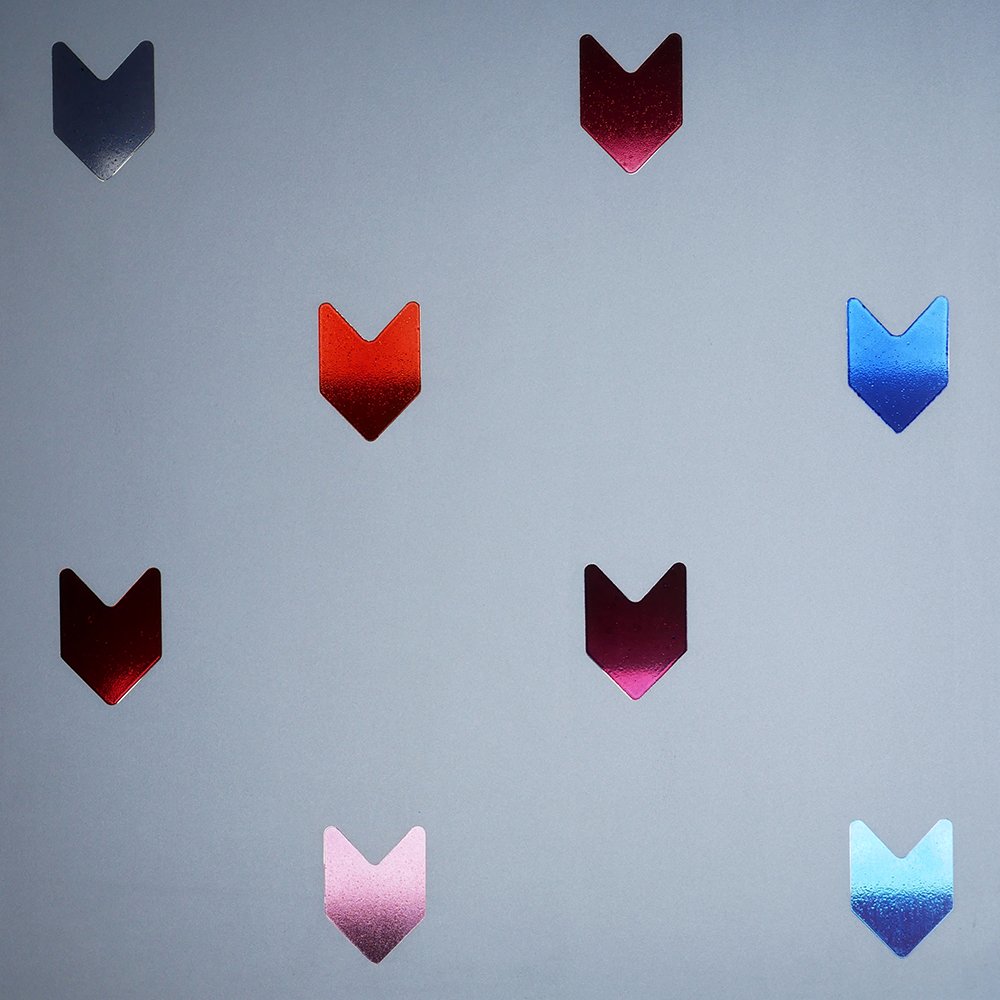

BACKGROUND
There is a tradition of exceptional quality in architectural glass production in Europe. Having worked with commercial glass manufacturers in Canada and having studied European glass factories, I’m familiar with the disparity between the two. There is great ability, experience and material understanding that exists in European commercial craftsmanship. I had a growing interest in bringing the qualities of my blown glass into architectural glass and found this possibility in European glass fabricators.
Having long admired Sarah Hall’s career and glasswork, I got in touch. After exchanging emails and stories she invited me over to meet her guest Wilhelm Peters, Head of Peters Studio, visiting from Germany. We shared a friendly conversation about Sarah’s career, Mr. Peters’ career and their fifteen years working together. It was inspiring and congenial. Mr. Peters is a kind and sincere person and he invited me come to his studio to experiment and learn. How could I refuse such an offer?
My most thorough Canada Council for the Arts grant application yet, was successful. A year later, I was on a plane to Germany.
About
Glasmalerei Peters Studios, founded in 1912, is a shocking and impressive combination of old and new. Their offices and some fabrication facilities are in a huge house near Paderborn’s town centre. A beautiful artifact of German architecture, the house is full of high quality, long-lasting materials and the advanced functional design I always enjoy in German buildings. Some of the restoration and repair projects I saw here were hundreds of years old. I’m awestruck by the age and history I find in Europe, compared to the newness of things in Canada.
A newer fabrication facility sits on the outskirts of town. This expansive facility is full of state of the art glass-related equipment and machines, as well as sunlit spaces in which to study the quality of the artwork being created. In both facilities, a team of highly experienced artist-staff take on the creation of a vast range of glass art projects from around the world.

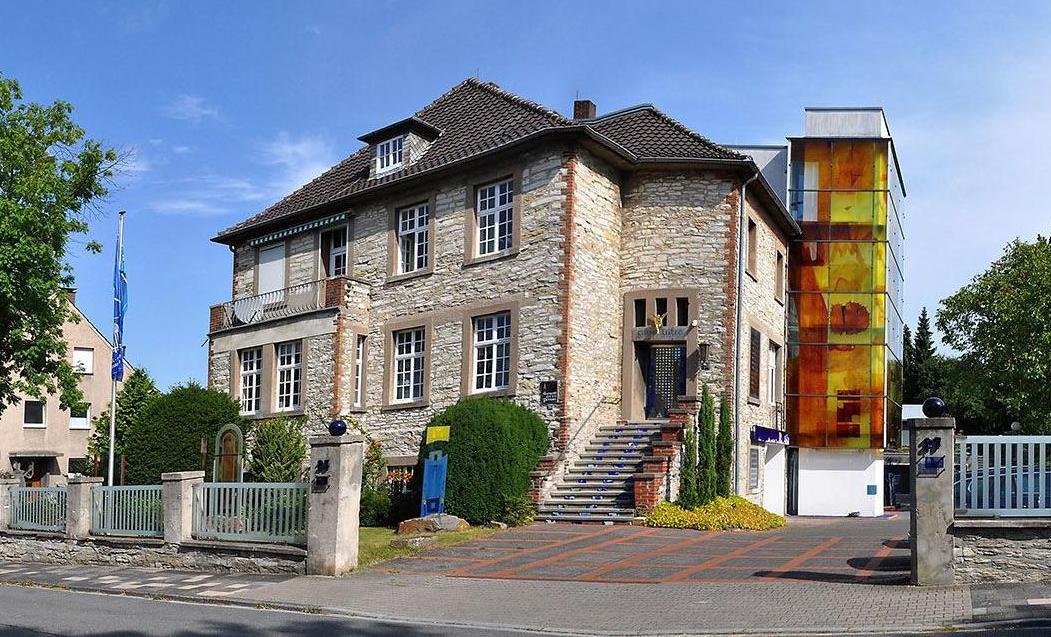

Research
Peters Studio is described as being able to do “anything” with glass, having every available technology (old and new) and the ability to incorporate both hand and digital processes. Given the prospect of anything, I knew that to be useful and successful tests, this field had to be narrowed.
To structure my experimentation, I developed desired results that adhered to my artistic standard and then I planned to explore ways to achieve these goals while experimenting in person.
Test GOALS
These tests are designed to explore graphics, shape, colour, transparency, thickness, texture and light in the context of my aesthetic and conceptual objectives. These sketches, as two dimensional renderings, don’t do justice to the element of transparency. White areas, for example, are completely clear and whatever is in the background changes a static image dramatically; as do colour fades and glass texture.
On Site
The level of quality was astounding in every way. The artists on staff are generous and patient, while being exceptional at their work. Their expertise allows for a very efficient and fast paced process.

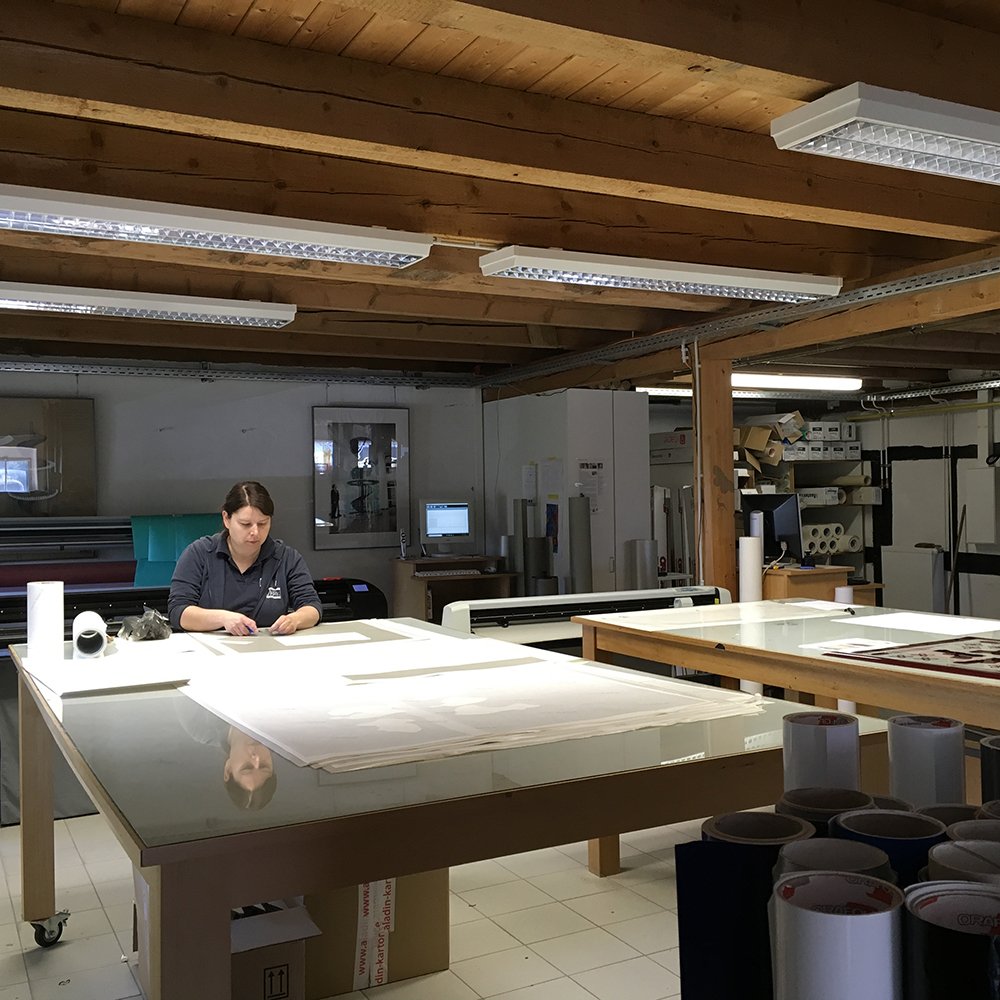

Colour
Enamels are like paint, but they aren’t mixable like paint
The metals in their chemical makeup make them reactive with one another when fired
Darkness and lightness is done with layering
Multiple firings allow for colour overlap
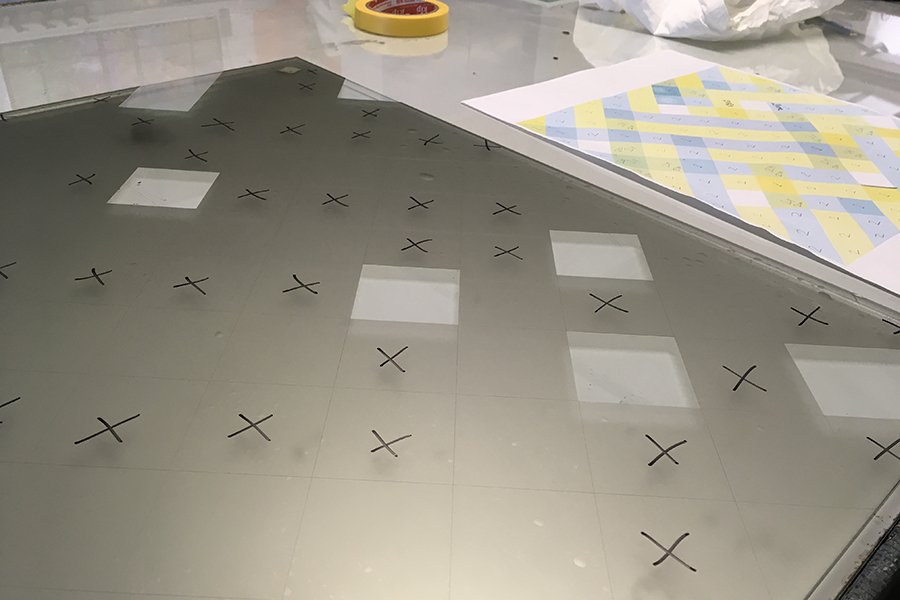
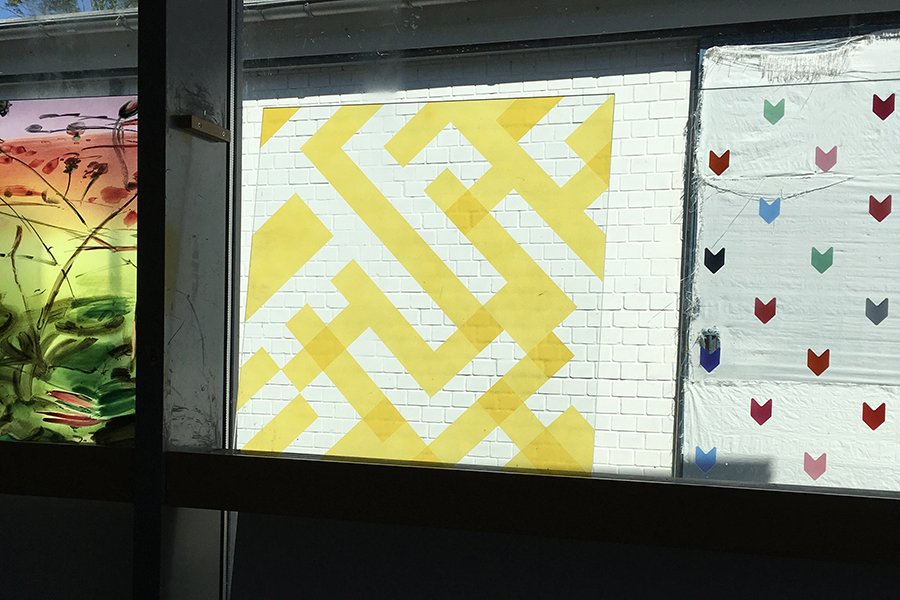


Texture / Relief
Glass thickness is an important part of refraction as well as highlights and lowlights of a glass surface. Pressed glass is a beautiful example of the kind of texture that makes glass irresistible to admire and touch.
This amazing automatic sandblaster brought down a 6mm sheet of glass to an even 4mm in the places it wasn’t resisted. Leaving a crisp edge on the graphic images.

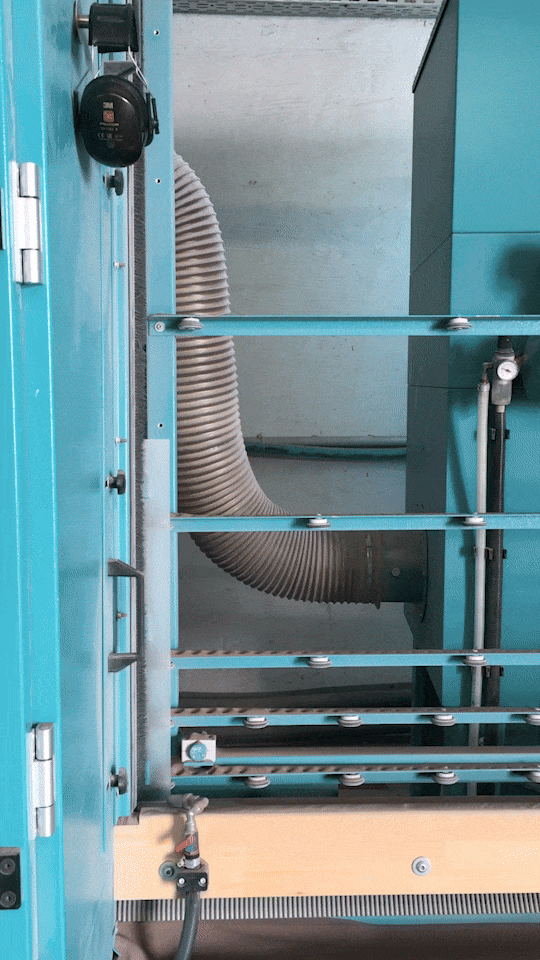
Translucency
…this project coverage is incomplete for now. Check back again sometime!









